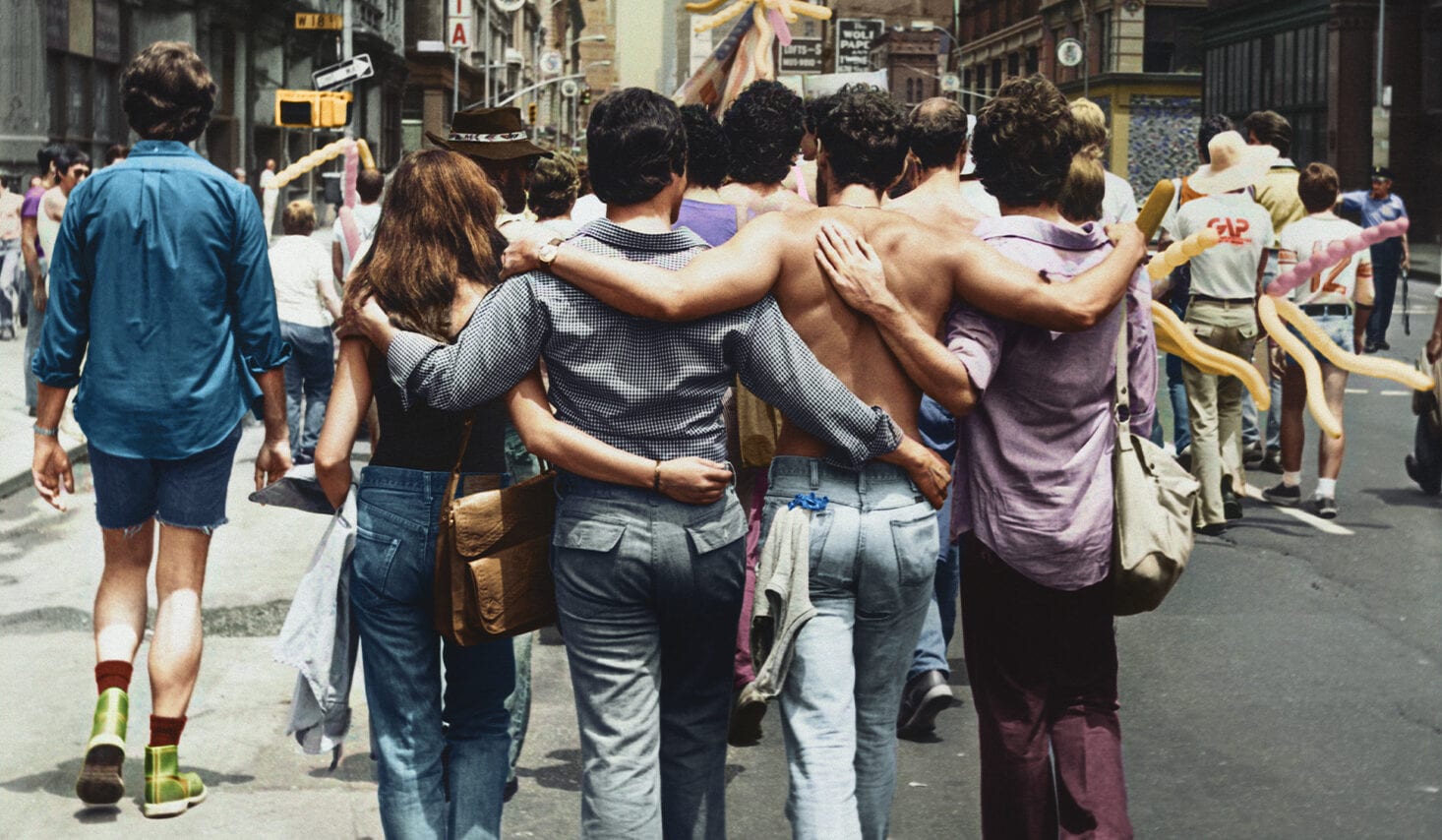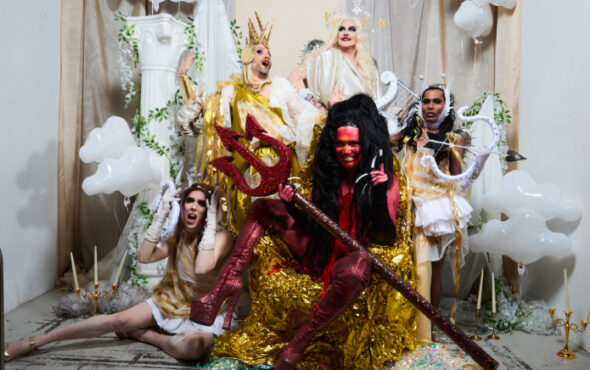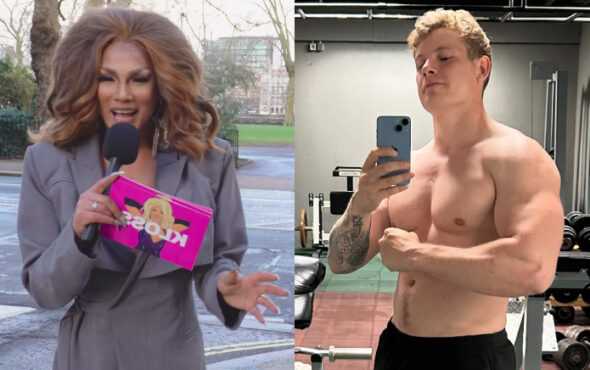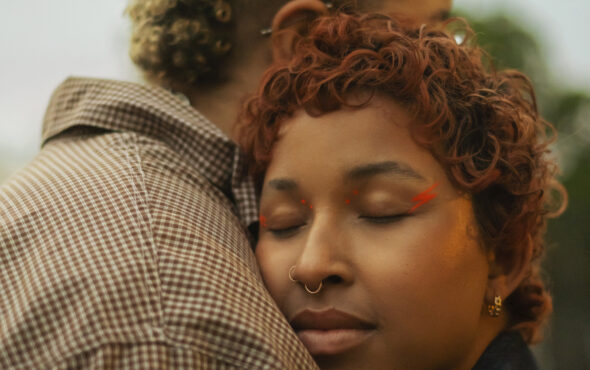
During Pride, only one rainbow deserves to be seen. That’s why SKITTLES® has given up its rainbow to re-colour moments from Pride’s history. In partnership with GAY TIMES, Switchboard and Queer Britain, the Recolour The Rainbow campaign has breathed new life into archive imagery to acknowledge and celebrate those who have come before us in the fight for LGBTQ+ liberation.
Alongside the recolouring of four black and white images, we have delved deeper into the stories of the people featured in the photographs to find out their memories of the moment, and to spotlight and preserve queer history for a new generation.
New York City. 1975. Though Studio 54’s hedonism is reaching its high point, it’s a city on the verge of bankruptcy. Crime is on the rise. But with its low rents, it’s a place teeming with queer artists. Agitating. Creating. Pride is in its sixth year. Along with the fight for sexual liberation, many were now fighting for political inclusion. Bolstered by Black liberation and women’s liberation all coming together.
“But it was also a hedonistic time,” says actor Ted Sod. “It was a lot of fun.” Ted loved the ingenuity of the parade. “The costumes, the craftsmanship, the humour. Because a lot of us retreated into our imaginations, because we had to watch straight movies and extrapolate from that. As gay men we were finding our own tribal experiences. And the Pride parade was part of this.”
Greg Albanis, a sophomore at New York University in 1975, will always remember one face always present on the Pride parade. “Rollerena was a tall middle-aged man, who worked on Wall Street in the day, who would don a dirty white ballerina dress and tights and roller skate all over New York City with a big wand with a star on it and bless everybody! They were an icon in the 1970s Village.”
Greg recalls Pride being “kind of ragamuffin” in the 1970s. “I remember forty to fifty lesbians on motorcycles started it. Being from New Jersey and kind of closeted, my friends and I wanted to make sure we weren’t on ABC or CBS news reels when our parents watched the ‘freaks running down Washington Square’. When going to Pride, I would leave the house in baggy jeans and when I got around the corner I would change into the tightest jeans I could find. But we didn’t need to worry, we were too mainstream. We looked ‘normal’. They wanted to photograph and interview the drag queens.”
Greg was studying on New York University’s main campus in the heart of Greenwich Village, which placed him at the epicentre of NYC’s thriving queer nightlife. “It was right after Stonewall, and before AIDS had hit. It was kind of like Disneyland,” Greg tells us. “In The Village there was a bar on every street: or a bookstore, or a leather store. You could be yourself down there. I remember going for breakfast and seeing Andy Warhol. It was phenomenal.”
But it wasn’t all fun and games for the queer community at that time. “Some kids coming out now take it for granted how hard it was back then. So Pride originated as a form of activism – an element that many think is missing from today’s Pride events. To me, activism is about making sure that people know we are everywhere. My mom is the greatest activist because she’s 95 and talks outwardly to her friends in the church about her son and husband, and gay rights. Activism like that goes a long way – when people talk about it like it’s a normal occurrence. It starts small.”
Although there weren’t as many people on the parade back in 1975 as there are today, Greg still gets that same feeling. “There’s tears in your eyes when you look around the parade and see all of us – every colour of the rainbow. Humanity.”
If you have a black and white photo from Pride’s radical beginnings, you can submit it here for the chance to have it recoloured and donated to the Queer Britain Archive.
Queer Britain is the national LGBTQ+ museum that is preserving queer history for generations to come. Click here to find out more about the work Queer Britain does and to support their mission to build the first national LGBTQ+ museum in the UK.
This is the fourth year SKITTLES® has been a key supporter of Switchboard, helping to raise awareness of the crucial service they provide to the LGBTQ+ community.
Since 1974, Switchboard has run an LGBTQ+ helpline that has supported millions of people in need of someone to talk to. They continue to help LGBTQ+ people every single day – no matter what the question. Switchboard’s LGBTQ+ helpline can be reached on 0300 330 0630. Click here to find out more about the services Switchboard provides and to help support their mission.


